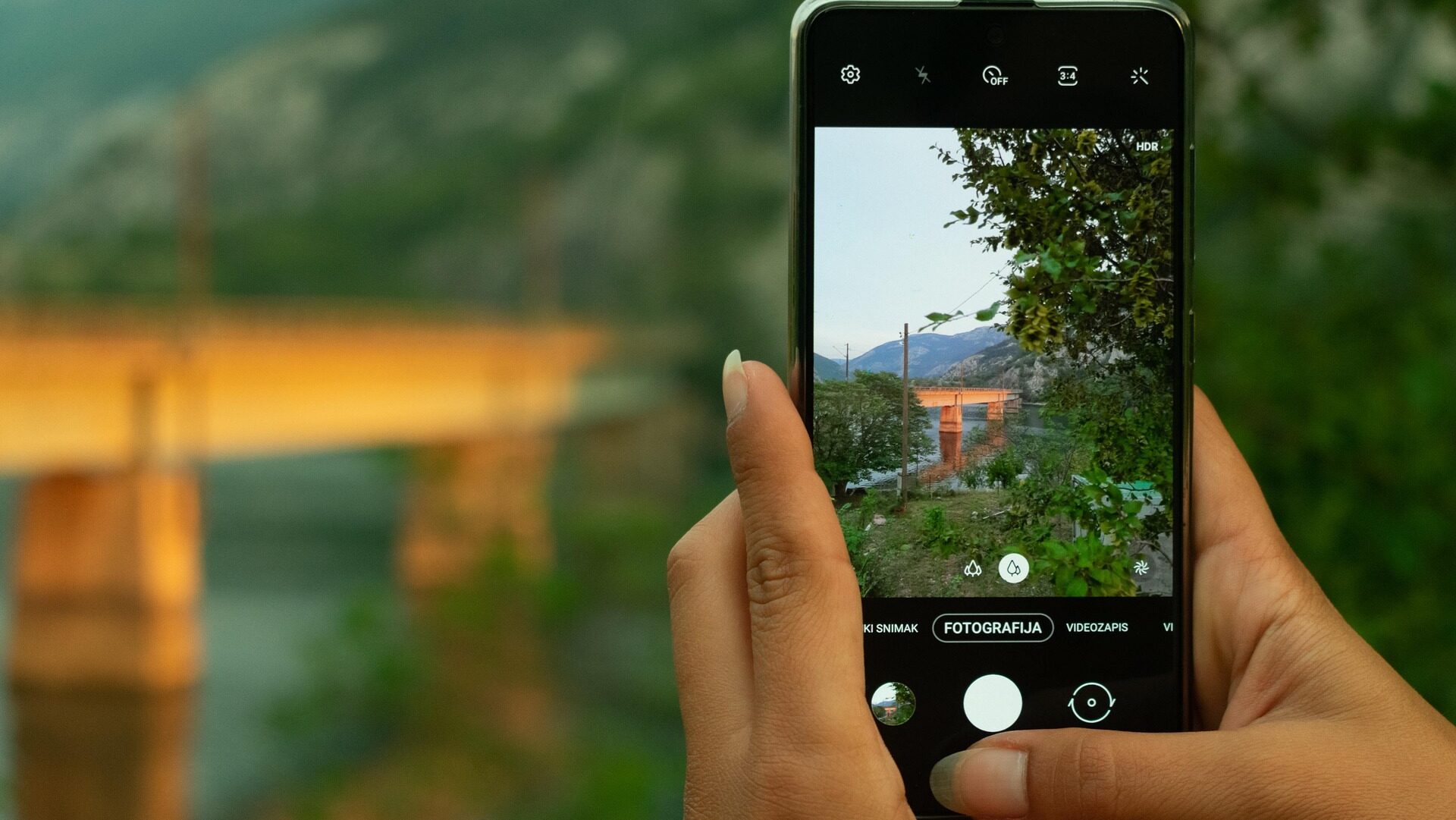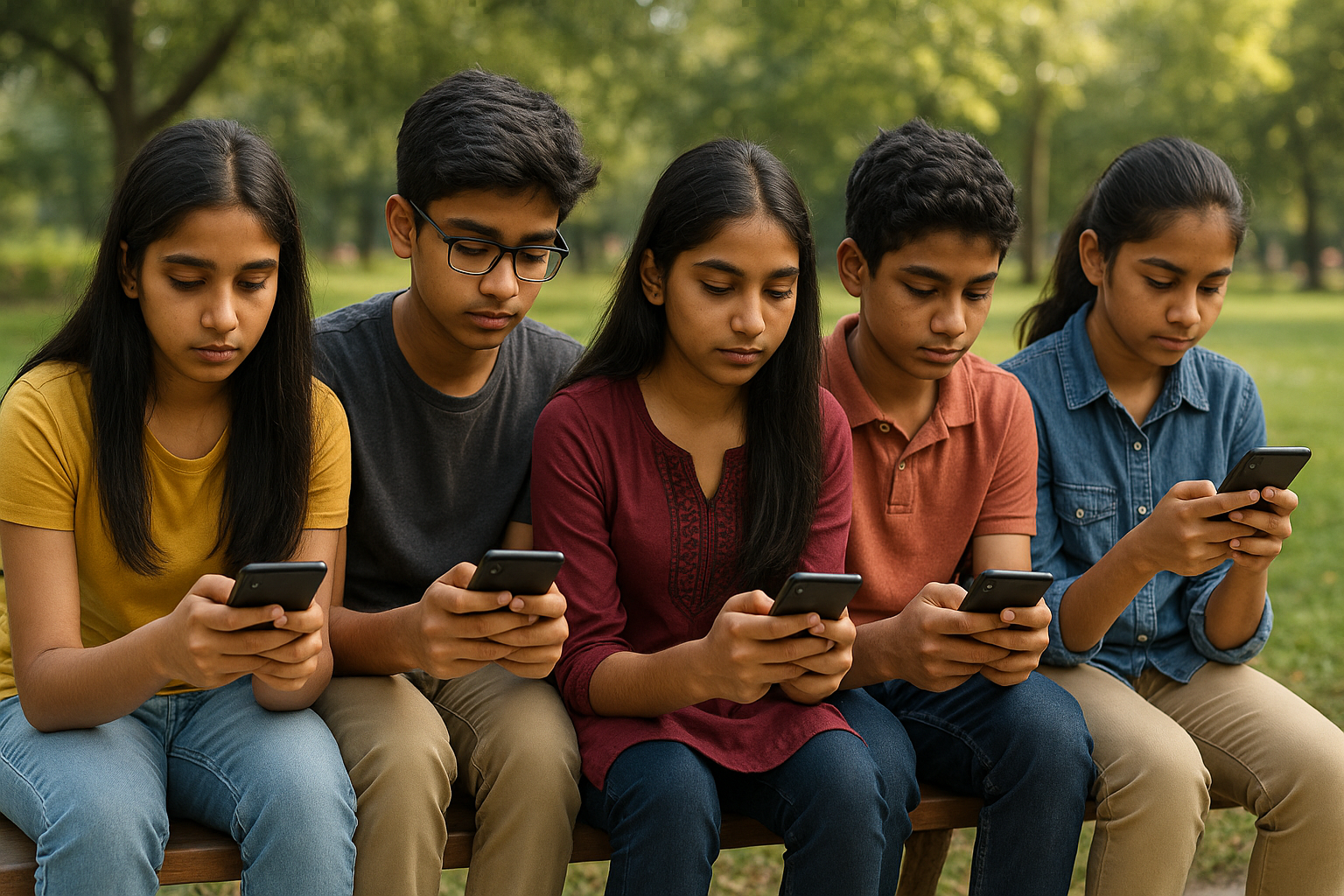There was a time when art thrived on stillness. A painting on a wall. A photograph you could sit with for hours. A cinematic moment where silence spoke louder than words. Those moments invited us to pause, to reflect, and to feel deeply.
Today, the world has changed. Stories often arrive in fragments, snippets of video, reels that last no longer than a breath, captions that hold entire universes in a single line. The natural rhythm of storytelling has been altered by our constant scrolling. And yet, in this evolution, there is neither loss nor defeat, only transformation. We are not discarding the old; we are reshaping it to live in new forms.
Storytelling Hasn’t Changed, Only Its Skin has
At its heart, storytelling is eternal. We still tell stories to share experiences, to build emotional bridges with others, and to bring the world’s truths into the light. That essence has not changed. What has changed is how stories reach us. Attention spans have shortened, and people often choose to swipe instead of settling into a long narrative arc. But this is not the end of storytelling, it is simply a new invitation.
The same depth can still be conveyed in a photograph, a reel, or even a caption. It asks us, as creators, to become sharper, more intentional, and more emotionally honest in our expression. It is harder, yes. But perhaps it is also more beautiful. To distill the essence of a story into a few seconds is to find its purest form. And when it works, it can touch hearts just as deeply as the stillness of the past once did.

Preserving Stillness in a Scrolling World
Stillness is not gone, it only hides, waiting for us to discover it again. Even within a feed full of noise, one honest frame can make a person pause. One second of genuine emotion can break the rhythm of endless swipes. When an image is genuine, powerful, or new, people will pause. When we share experiences that are rare and unseen, people will linger. When we speak of issues that matter to our shared humanity, people will give us their time.
If we stay true to these foundations, stillness can live even in motion. The pause is still possible. It may be brief, but it is profound.
Platforms, Algorithms, and the Dance of Adaptation
Each platform carries its own rhythm. YouTube encourages immersion, it allows viewers to lean back, learn, and stay connected over time. Instagram, on the other hand, thrives on immediacy, asking us to show up consistently with punchy, striking visuals. It is true that algorithms shape much of our work. Sometimes it feels like creators serve platforms rather than audiences. But perhaps this is not a battle either. The wisest storytellers adapt, finding balance—making space for depth on long-form platforms while keeping the spark alive on short-form ones.
In truth, both audiences and algorithms coexist. To serve one does not mean to abandon the other. By moving gently between the two, storytellers extend their reach while preserving their voice.

Can Short Form Carry the Soul of Storytelling?
Yes, in its own way. Longer videos and even films are already unfolding on platforms like Instagram and TikTok. Narratives can be broken into sequences, allowing stories to evolve one swipe at a time. Even cinema is experimenting, some films now debut directly on digital platforms in short bursts.
Will the immersive magic of a theatre be lost? Perhaps. But must we resist? Not necessarily. Each form offers something unique. The reel cannot replace the film, and the film cannot replace the reel. They are not competitors—they are companions. One gives us depth, the other gives us immediacy. Together, they expand the reach of storytelling.
The Rise of Phone Filmmaking: The Raw and the Real
Once, cinematic perfection was the ultimate standard. Today, audiences embrace a different truth—the raw, handheld intimacy of phone-shot content. The shaky frame, the imperfect light, the closeness to real life, it builds relatability. People often whisper to themselves, “I could have filmed this,” and in that whisper lies trust.
But audiences are not abandoning quality. They live with two appetites: the grandeur of IMAX screens and the honesty of phone reels. Both coexist, and both are celebrated. The rise of phone filmmaking has not lowered expectations, it has widened them. Storytelling now thrives both in the theatre hall and in the palm of a hand.

The Gentle Art of Adapting
We may miss the stillness. We may long for the days when audiences lingered over a photograph for hours. But we must also accept the present with humility. The world has changed, and in that change lies new opportunity. By re-editing old works for reels, by offering depth where platforms allow and immediacy where platforms demand, we keep our stories alive. More importantly, we keep our connection with people alive.
It is not about resisting the swipe. It is about making the swipe stop, if only for a moment, because the story is too powerful to ignore.
Closing Thought
Storytelling, in every era, has always been about connection. The canvas may have changed, from cave walls to cinema screens, from books to reels, but the heartbeat is the same. We tell stories to feel, to connect, to remember, and to be remembered.
So let us not fear the swipe. Let us walk with it, learn from it, and use it. Stillness can live even in motion. Depth can live even in seconds. And the soul of storytelling, our most ancient gift, remains unshaken.
Author: Dr Caesar Sengupta

